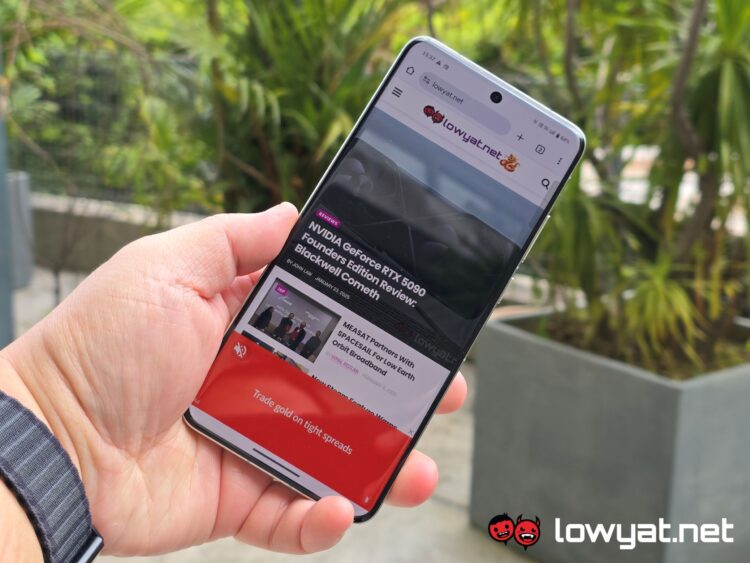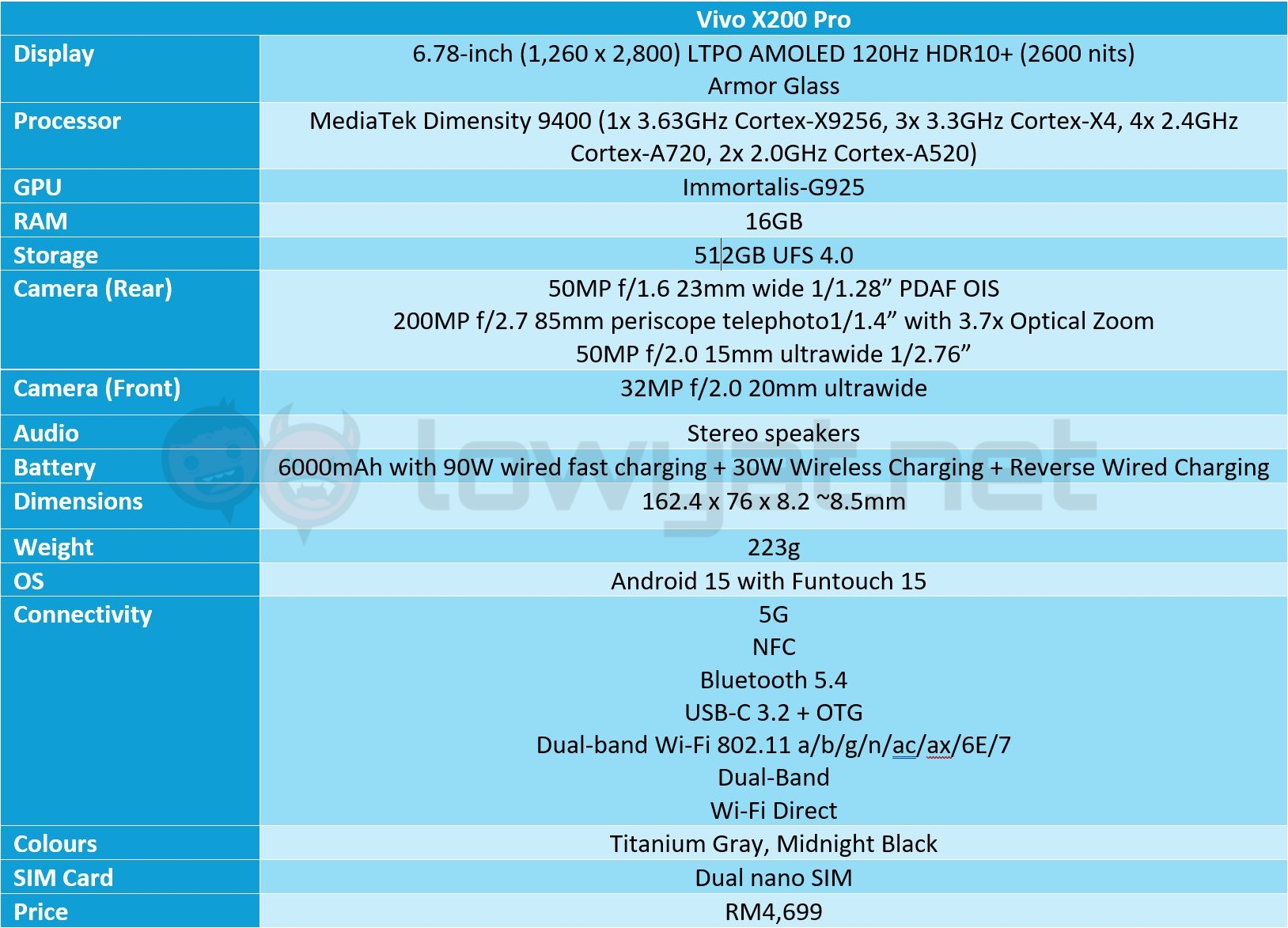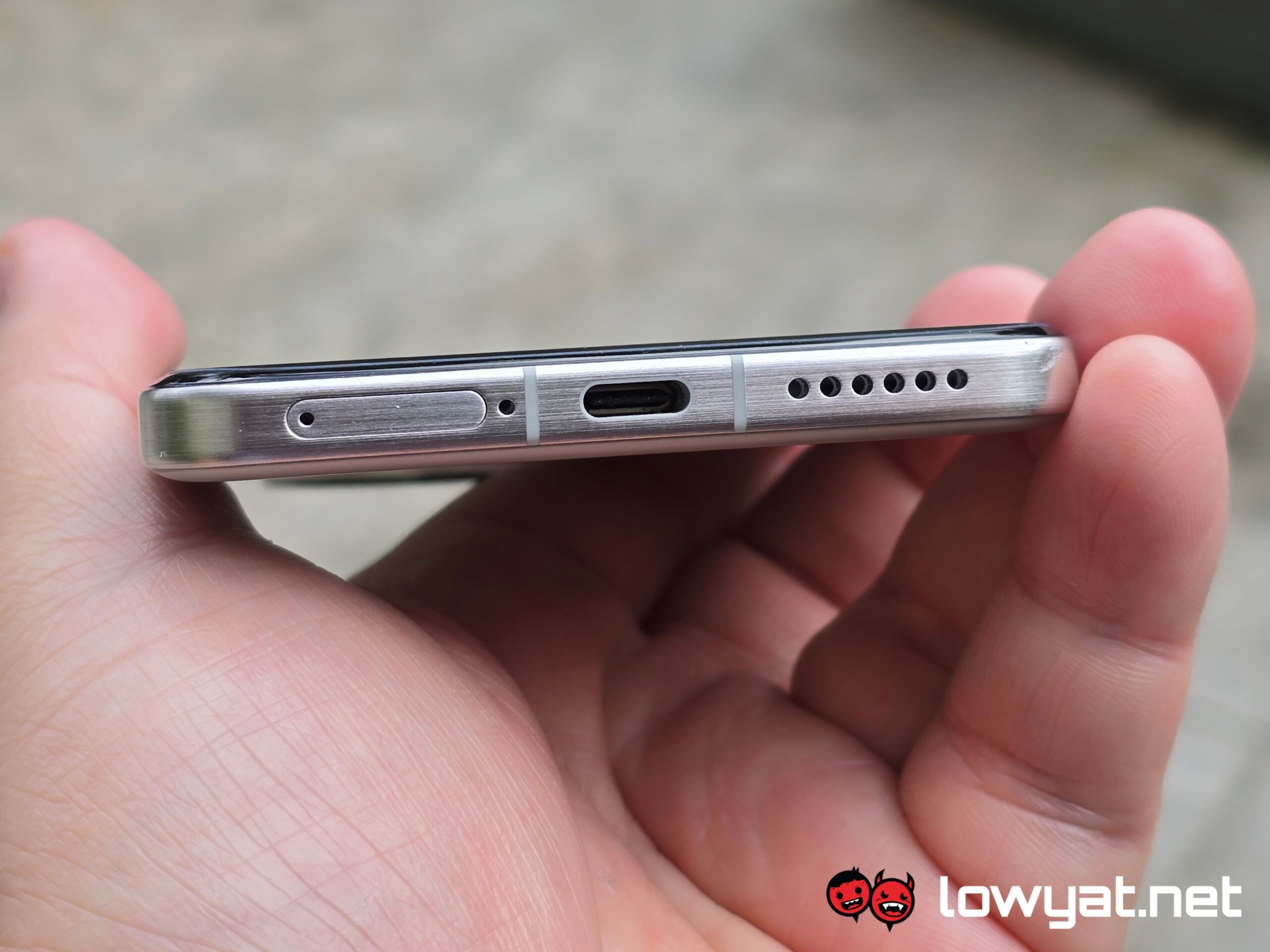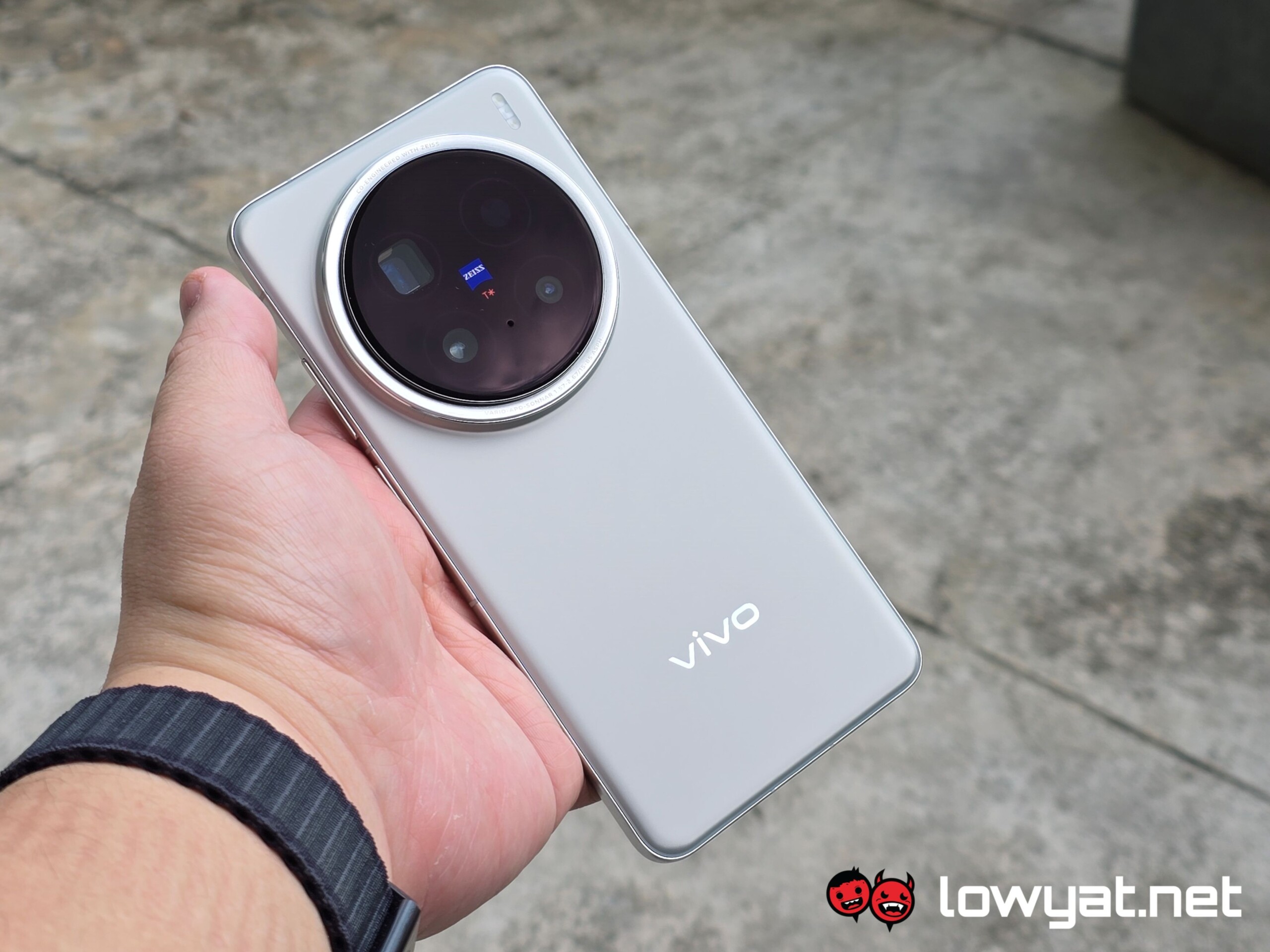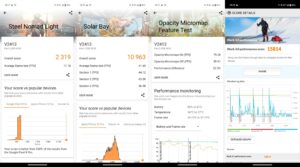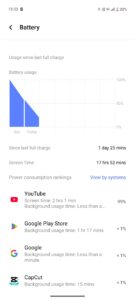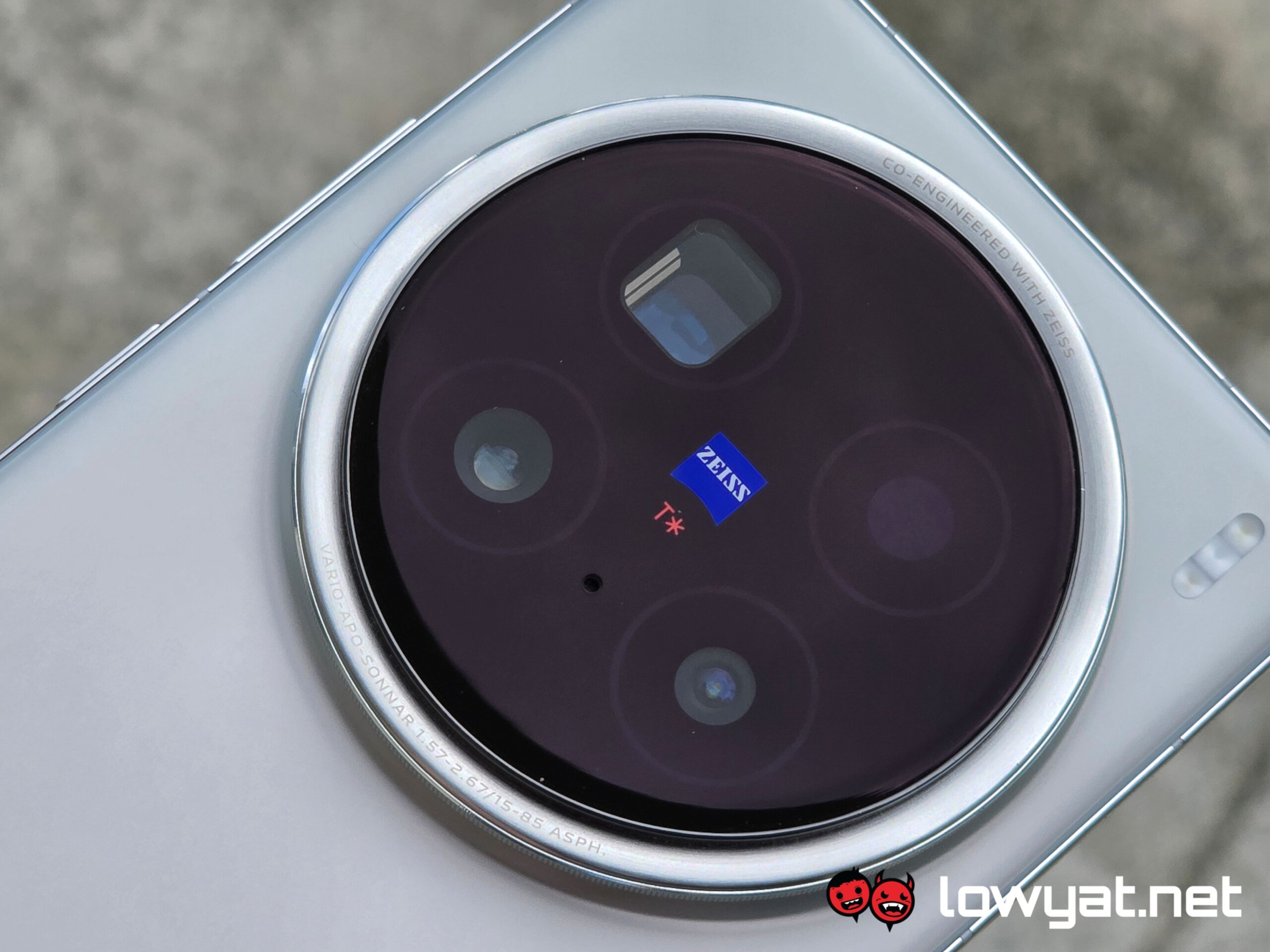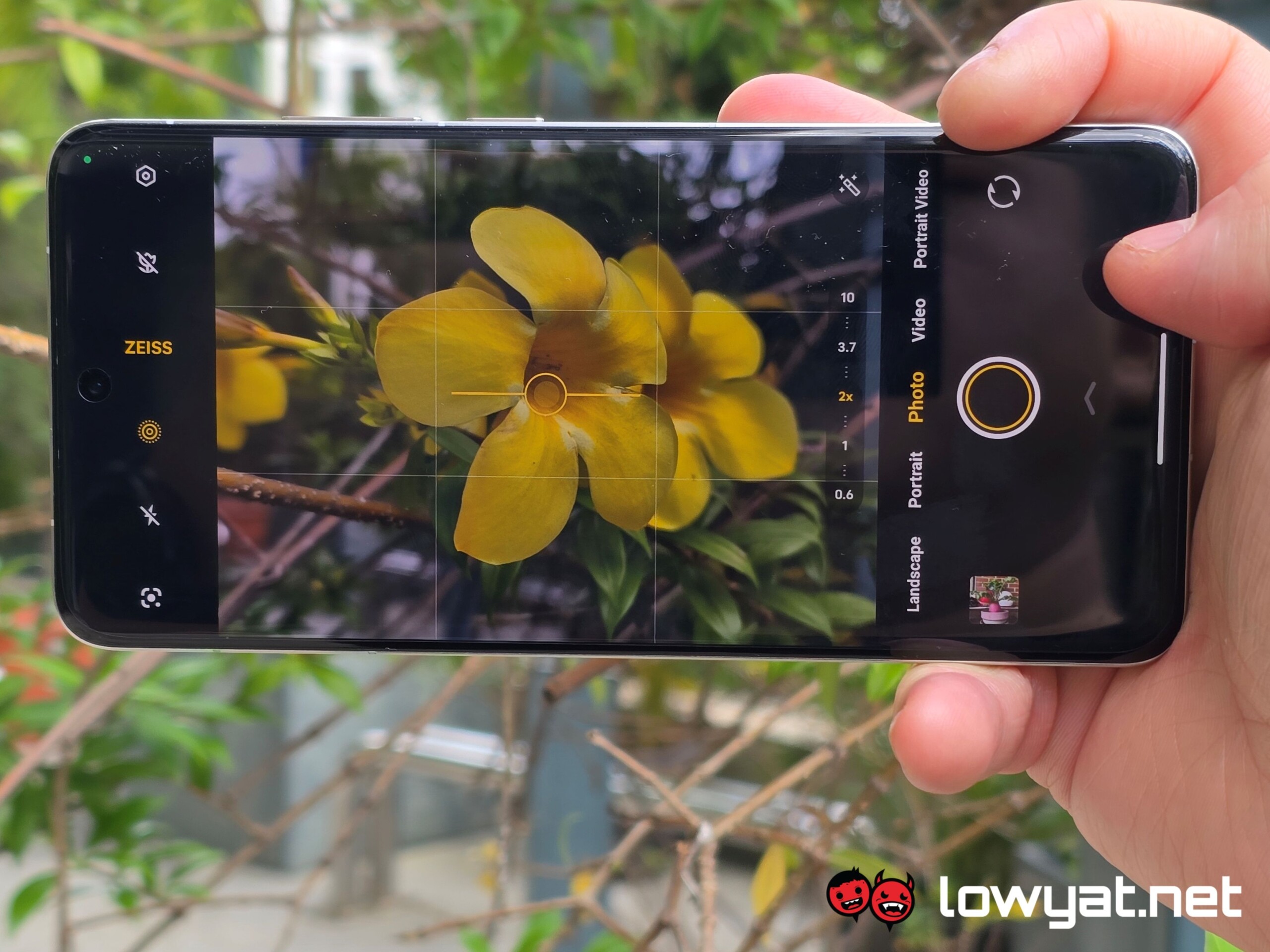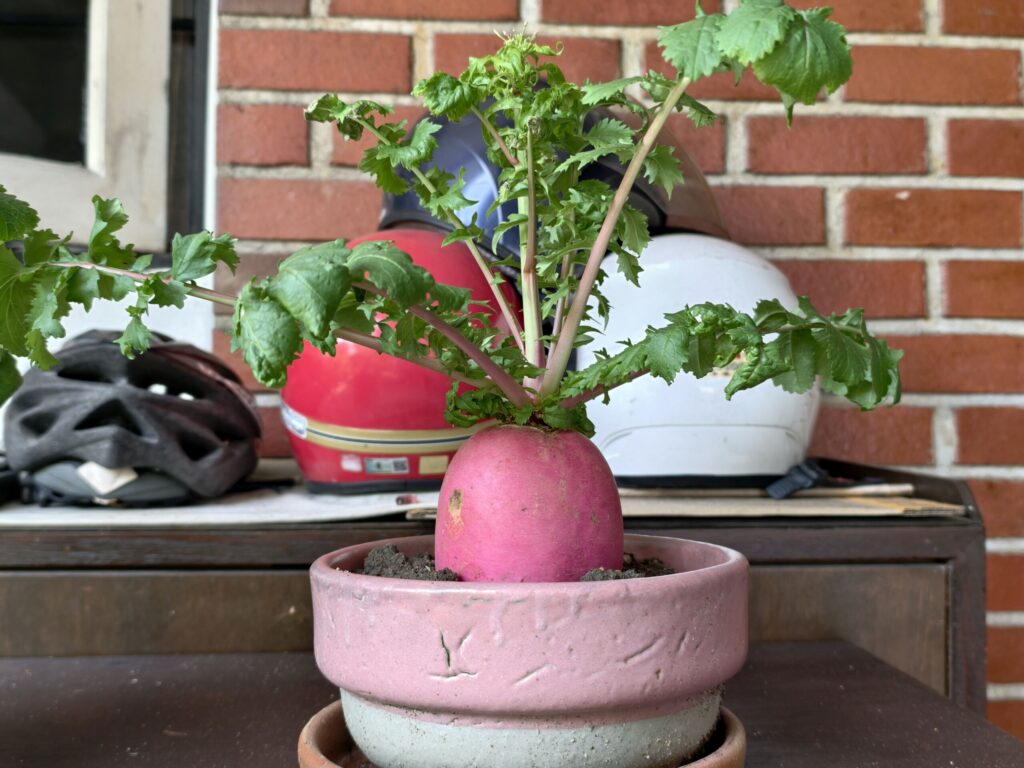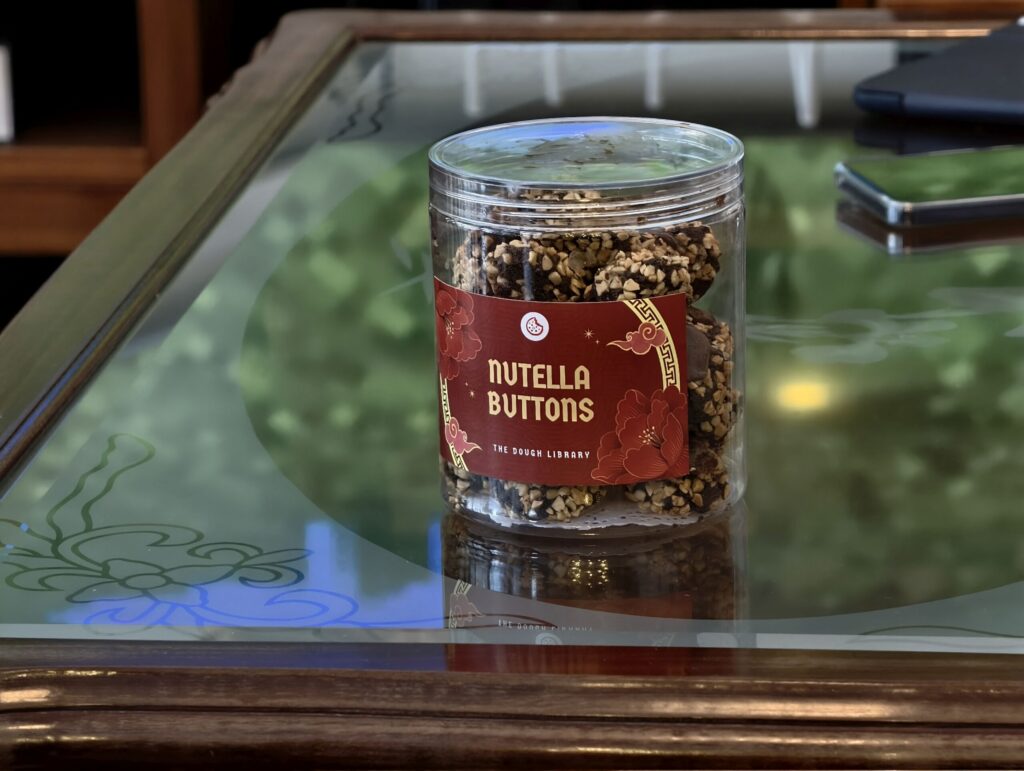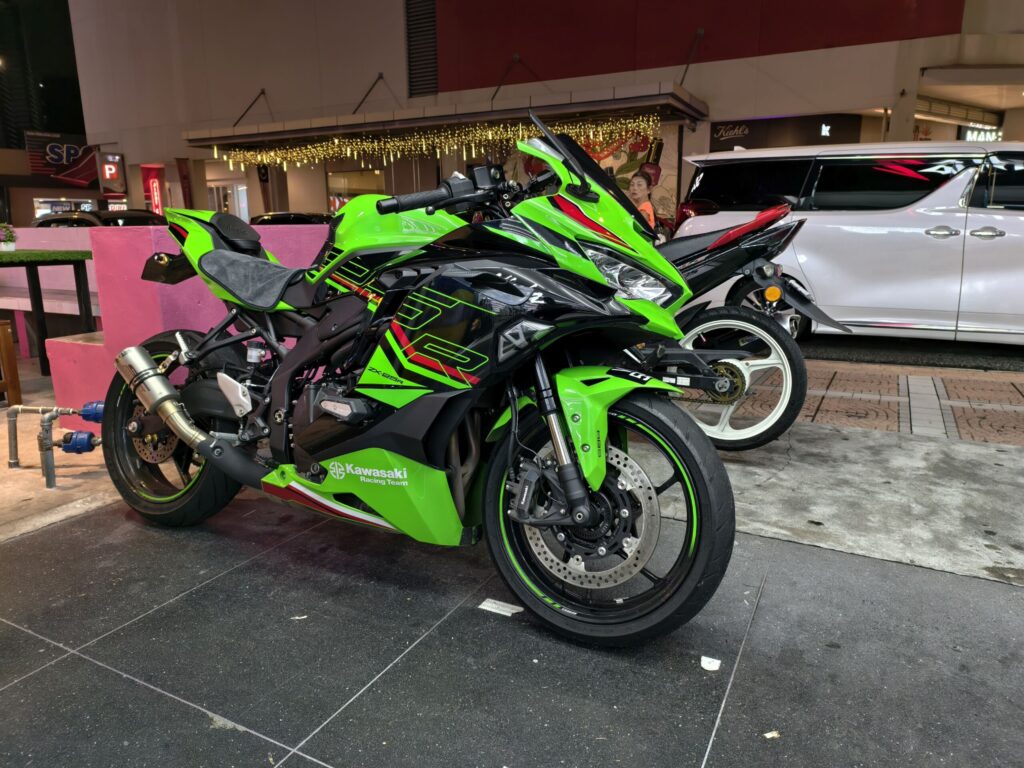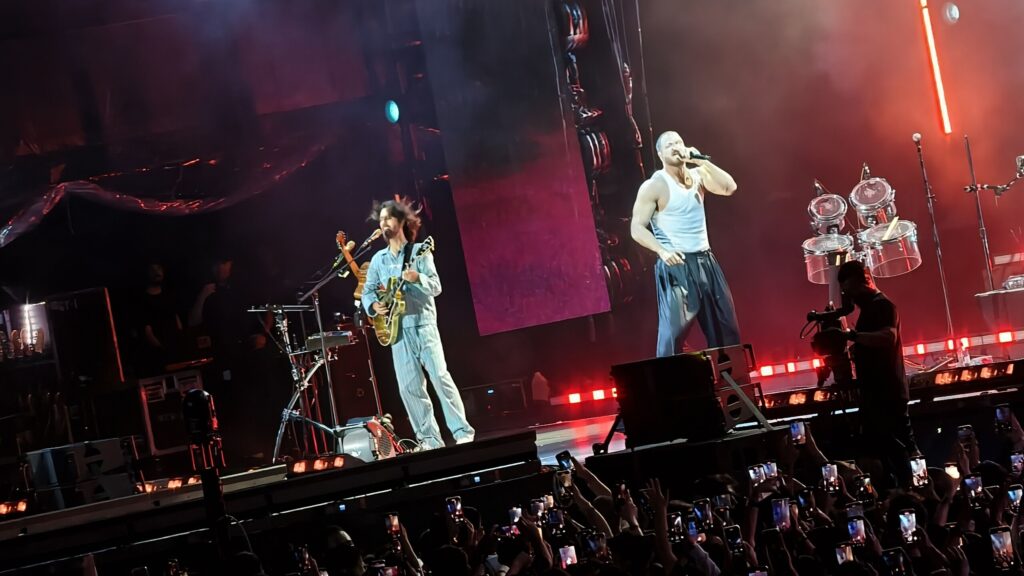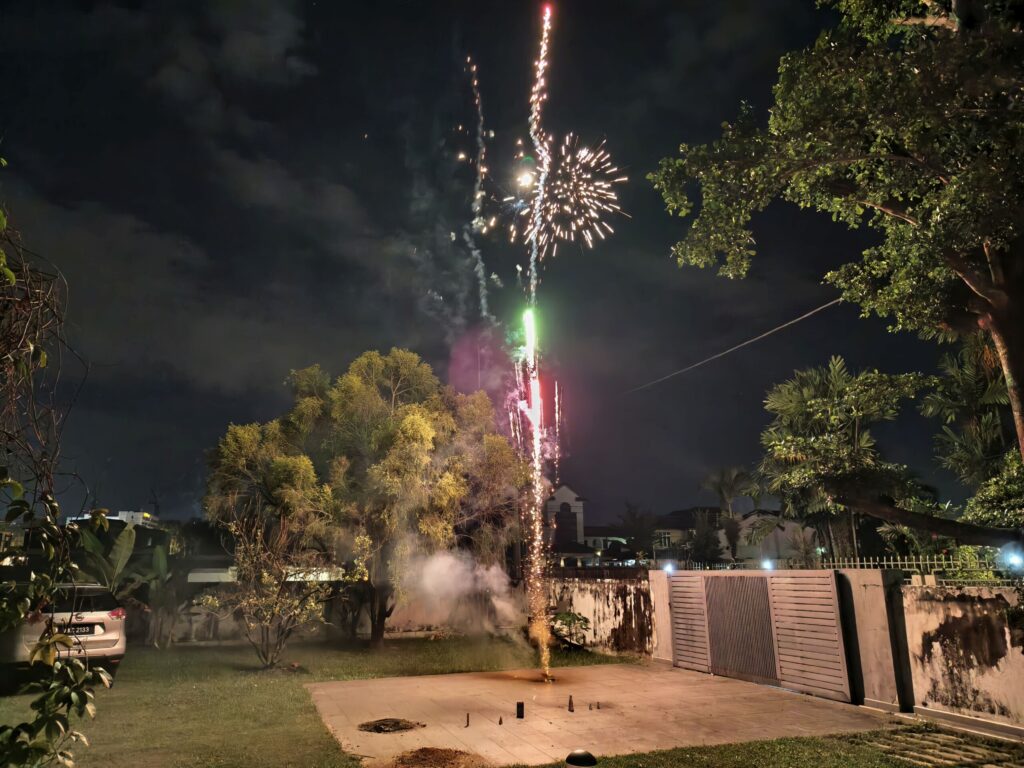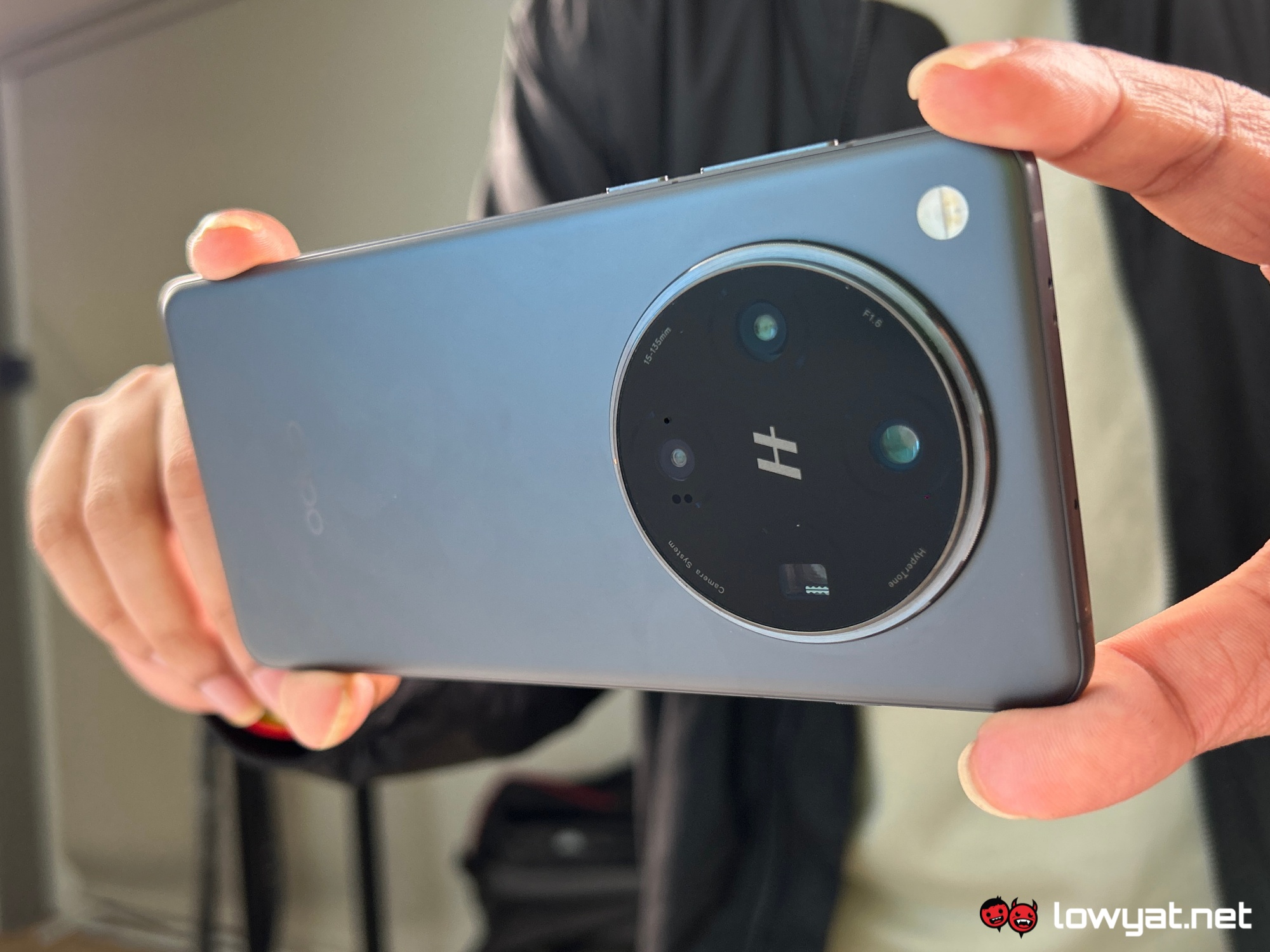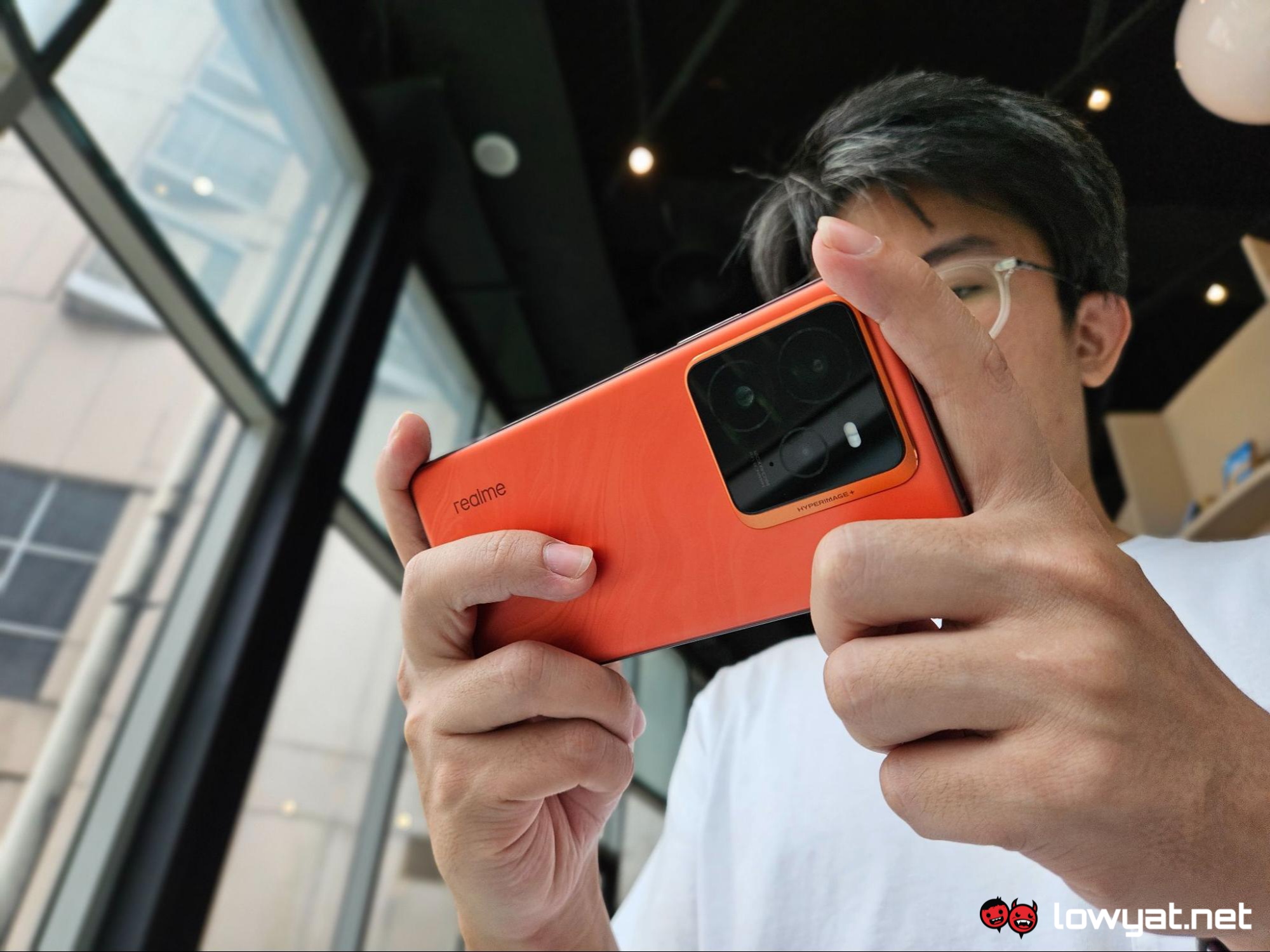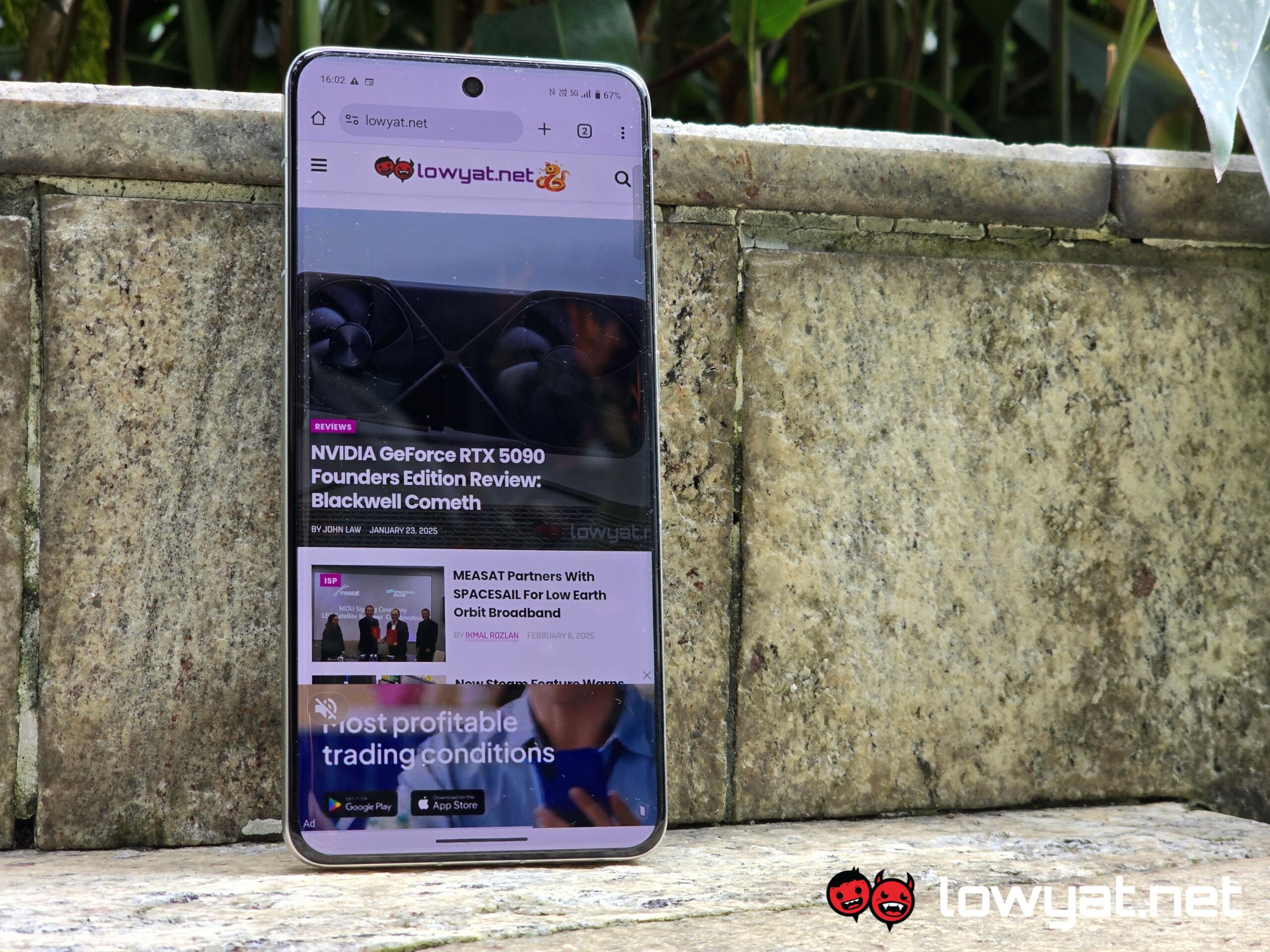The vivo X200 Pro has been around for a bit and this review comes a little late. That being said, there’s a lot to love with this smartphone and in a sea of flagship devices, getting this device purely for its main camera is a valid element of consideration.
Specifications
Looks And Functionality
This is probably going to be a very unpopular opinion but here goes: despite being a flagship, the aesthetics and design of the X200 Pro feel dated. Like most flagships of the past few generations, the phone sports a curved display, with elements of brushed metal forming the chassis.
The greatest level of excitement for the phone, at least in my opinion, lies at the back of it. Right inside that massive, round, Zeiss-mounted main triple-camera system that literally sticks out and props the phone off the surface by a couple of centimetres. It is, if nothing else, the hallmark of the X200 Pro. The one thing letting this magnificent sight down, though, is the placement of the flash. Now, I’m not saying I do flash photography with a phone often, but its location means that I could easily block it if I decide to take landscape shots and not portraits.
Underneath the hood, the phone is rocking MediaTek’s Dimensity 9400 SoC, which isn’t surprising, given that its predecessor used the Dimensity 9300 SoC. Beyond that, the SKU being sold in Malaysia includes 16GB RAM, a 512GB internal storage capacity but no room for expansion, and a massive 6,000mAh battery. Additional features include the USB-C 3.2 port and support for Wi-Fi 7 and Bluetooth 5.4. Oh, and dual nano SIM support, although at this point, this just seems like a common thing for Android devices.
Performance And Battery
Now, I’m not saying that I’m MediaTek biggest fan, mainly due to my past experiences with it. But the Taiwanese chipmaker has certainly come some ways since I last touched them, and the Dimensity 9400 is, in a word, surprising. Personal prejudices notwithstanding, the chipset is fast and very powerful, more than capable of running the synthetic benchmarks that I throw at it.
And while I am not a mobile gamer, the speed in which the X200 Pro reacts is still within the realm of what you’d expect a flagship device to deliver. Transitions between actions and gestures are fluid, apps snap open beyond an instant. The only downside to all this though? The back of the phone tends to get a little toasty.
V-Appstore can be really irritating.
One of the things that I absolutely abhorred about the X200 Pro is its parent company’s own V-Appstore marketplace. I find it annoying that one app can be so annoying by setting off the notifications bar with unnecessary and borderline useless heads-ups about some app that I could possibly benefit from or the local hot gossip from the dedicated news app. Thankfully, and I’m sure many of you with a discerning mind would no doubt be thinking about it, I merely disabled the app and turned off notifications and presto, the annoyance was no more.
I’ve said this many times with other flagship smartphones over the years but the battery of the X200 Pro has some really, really long legs. Left on its own with apps running in the background sans the notifying bell, the phone takes its time whittling down the massive 6,000mAh battery, taking close to a week before I even see single-digit battery life. As my daily driver – reading and replying to messages, watching the odd video on YouTube or social media, going through an episode or three on Netflix – the endurance drops by half, but that’s still over three days.
And to say nothing about running it ragged with my usual video loop stress test. 12 hours into a four-season binge of Jeeves and Wooster on Full HD, with brightness set at 40% and the volume at 35%, the damn thing still had more than 50% of juice left in the tank. I almost said “f&#$ this” and wanted to throw in the towel but continued to let it run. By the time it hit the 20% mark, the video loop had already been running for nearly 18 hours, suggesting that had I let the battery continue draining down to single-digit numbers, we’d be looking at a run slightly longer than 24 hours.
Camera
Let’s get into the main attraction of the X200 Pro: its Zeiss-powered main camera, and its pros and cons. The biggest benefit of this phone’s camera is that it stands out in daytime photography. The camera is remarkably impressive, retaining a lot of detail and with the Dimensity 9400, it does a moderately decent job automatically adjusting depth of field to an acceptable level. Likewise, that level of quality can also be applied to its optical zoom functions, especially when I start applying to macro photography.
One thing that I noticed with the X200 Pro’s Zeiss filter is that it tends to really sharpen up certain things. It is noticeable in the way it makes the outline of certain items in pictures more pronounced and in the process, make them stand out.
Things start getting a little bit hairy when I start taking the photography indoors. Final images have a certain waxiness to them and again, that pronouncing of the outlines comes into play again. At this point, the amount of light available begins to become a factor.
On that note, night time and low-light photography can be a hit or miss, particularly when zoomed in. At focal distances beyond the 3.7x optical zoom, images have a tendency to look “wavy” and more akin to a water painting.
Again, with light being a crucial factor, fireworks displays tend to look a lot better, given the bright spots they always create.
Sample Images
Competition
OPPO Find X8 Pro
The OPPO Find X8 Pro is another Dimensity 9400 rival, costing RM4,999 for 16GB RAM and 512GB of storage. The smallest on this list, it sports a 6.78-inch AMOLED display with a 120Hz refresh rate, an HDR brightness of 4,500 nits, and a global peak brightness of 1,600 nits. For protection, it gets an IP69 rating as well as Corning Gorilla Glass 7i.
On the optics side, it features a 50MP main camera with OIS, a 50MP ultra-wide lens, a 50MP telephoto lens with OIS and 3x optical zoom, and another 50MP telephoto with 6x optical zoom. The flagship is powered by a 5,910mAh battery with support for 80W wired and 50W wireless charging.
Realme GT 7 Pro
The realme GT 7 Pro is another rival in the same price bracket. The phone rocks a Qualcomm Snapdragon 8 Elite and at RM3,699, you get 12GB RAM and 512GB of storage. Additionally, you get a 6.78-inch LTPO AMOLED display with 120Hz refresh rate, a peak brightness of 2,000 nits, and an HDR peak brightness of 6,500 nits. Protection-wise, it comes with an IP69 rating and Corning Gorilla Glass 7i.
Its photography setup consists of a 50MP main camera with OIS, a 50MP telephoto lens with OIS and 3x optical zoom, and an 8MP ultra-wide lens. Powering it is a significantly larger 6,500mAh battery with support for 120W charging. Moreover, this is the only other phone on this list with an ultrasonic fingerprint scanner.
Conclusion
Considering the hardware and the co-engineered Zeiss camera module, RM4,699 is not an unreasonable asking price for the vivo X200 Pro. That being said and as shown in the Competition section, it is safe to say that we have options, both in MediaTek and Qualcomm flavours to boot.
If you can look past MediaTek setup, though, the X200 Pro promises exceptionally long battery life, an equally impressive camera system, and all the trimmings you’d need from a flagship.
Follow us on Instagram, Facebook, Twitter or Telegram for more updates and breaking news.


